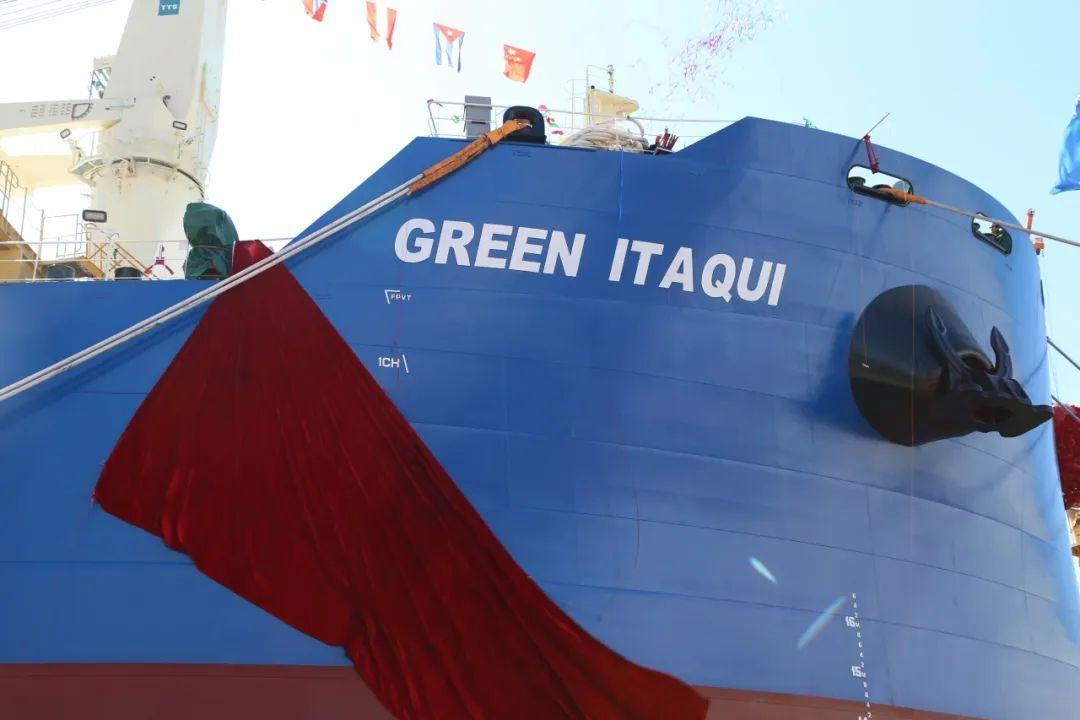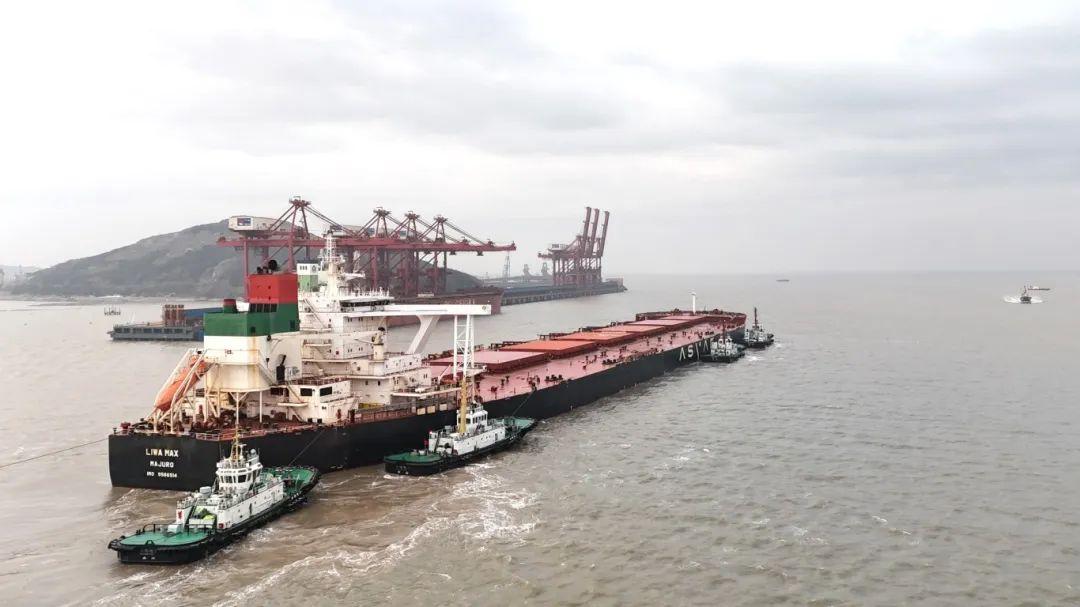《装卸时间与滞期费》第6版
CHAPTER 3 第3章
Commencement of laytime 装卸时间的起算
3.424 In the case of a port charter, the clause was of more importance prior to the decision of the House of Lords in The Johanna Oldendorff when their Lordships’ earlier ruling in The Aello held sway. This was because under the latter the vessel did not reach its specified destination unless it had arrived at a more proximate point to the place of discharge. However, the major judicial consideration of the clause has not been directed to the geographical point which a vessel must reach before the clause becomes applicable, but to the question as to whether laytime exceptions are applicable to waiting time.
3.424在港口租船合同的情况下,上议院对The Johanna OldendoHf—案作出裁定以前,也就是这些大法官们早期对The Aello—案的判决还在占着统治地位的时候,该条款具有较重要的作用。这是因为根据The Aello—案所确立的原则,船舶只有到达了距离卸货地点更接近的地方才算抵达其指定的目的地。然而,这一条款主要的司法考虑并不是船舶必须抵达的地理位置能否适用该条款,而是装卸时间的除外条款是否适用于等泊时间。
3.425 Before considering the various decisions relating to the clause, it may be helpful to remember the commercial reasoning behind its introduction. This was said by Lord Diplock to be as follows:
In a berth charter the effect of the clause is to put the shipowner in the same position financially as he would have been if, instead of being compelled to wait, his vessel had been able to go straight to her berth and the obligations of the charterer to carry out the loading or discharging operation had started then. In a port charter the clauses are superfluous so far as concerns time spent in waiting in turn within the limits of the port. This counts as laytime anyway; it is laytime. The clauses would, however, have the same effect as in a berth charter in respect of ports like Hull or Glasgow where the usual waiting place is outside the limits of the port.
3.425在探讨对这一条款的各种判决以前,首先看看引入该条款背后的商业理由,这会有帮助的。Diplock勋爵这样解释:
在泊位租船合同中,该条款的作用是将船东置于他本应该处的同等经济地位,就好像他没有被强迫等待,他的船舶本应该能够直接靠泊并且承租人随后就开始进行作业履行装卸货的义务那样。在港口租船合同中,就其在港界内依次等待靠泊所花费的时间而言,这一条款就显得多余了。因为,该时间本来就是应该计入装卸时间的;它就是装卸时间。然而,在泊位租船合同下,像Hull或Glasgow这类通常等候区位于港外的港口而言,这种条款也会具有同样的效力。
3.426 The judicial history of this type of clause starts with North River Freighters Ltd v. President of India (The Radnor). This involved a berth charter. It had been contended by the charterer that time for loading did not start to run under the Gencon ‘‘time lost’’ clause until notice of readiness to load had been given. The only question of law for the decision of the court was whether this was so. The Court of Appeal held, reversing McNair J, that it was not. On this Singleton LJ said:
The time lost is to count as, or to be added to, loading time in order to ascertain the position between the parties. I am unable to accept the view that under the words in line 67 time is not lost until notice has been given under clause 17.
Commenting on this in The Darrah, Lord Diplock said:
The correctness of the actual decision in The Radnor is not in doubt. It cannot have been intended that notice of readiness is required to start time running under the ‘‘time lost’’ clause, for if it were the clause could have no application in a berth charter, for which it is primarily designed, since notice of readiness under such a charter could never be given until the period of waiting was over and the vessel was already in berth.

《装卸时间与滞期费》购买链接(点击可购买)
海运圈聚焦专栏作者 魏长庚船长(微信号CaptWei)

 2019-05-22
2019-05-22 517
517 













